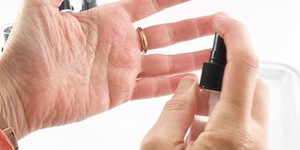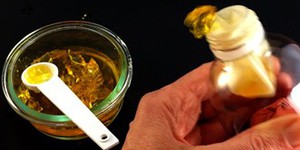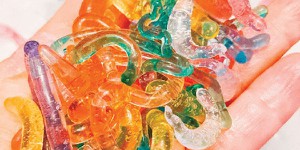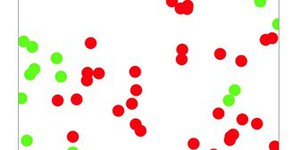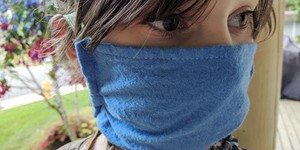Ninth Grade, Pandemics – COVID-19 STEM Activities for Kids (6 results)
Humanity has faced pandemics since the beginning of time. The twentieth century saw multiple influenza pandemics, and now we are facing a COVID-19 pandemic caused by a coronavirus.
Coronaviruses are not new to humans or even to you. Coronaviruses are a family of viruses best identified by the crown-like spikes that cover their surface (corona is Latin for 'crown'). Coronaviruses cause upper-respiratory tract illnesses like the common cold and the 2003 SARS and 2012 MERS outbreaks. In the winter of 2019, a new coronavirus, now officially called SARS-CoV-2, emerged in Wuhan, China. The virus made the jump from animals to humans and causes a disease called COVID-19. For some people, often children and young adults, SARS-CoV-2 causes few or no symptoms. For others it can lead to severe lung damage and even death. The virus can be spread fairly easily, including by people who are infected but display no symptoms, and as a result, we are in the middle of a global pandemic, with nearly all countries in the world reporting an increasing number of infected individuals. Scientists and health professionals around the globe are working hard to rapidly learn more about this new coronavirus and the disease it causes and to prevent the spread of COVID-19.
|
Select a resource
Sort by
|
STEM Activity
15 reviews
Did you ever wonder what hand sanitizer is made of, or how you can efficiently disinfect your hands or other frequently touched surfaces like doorknobs? Handwashing is still the best way to keep your hands clean, but hand sanitizer is a great alternative for situations where clean water and soap are not available, and you can even use it to disinfect surfaces! Intrigued—try out making a hand sanitizer yourself!
Read more
STEM Activity
24 reviews
How well do you wash your hands? Do you just give them a quick rinse with water, or do you use soap? Do you wash the backs of your hands and in between your fingers? Good hand washing is one of the best ways to prevent the spread of germs and diseases like the flu and common cold. Try this activity to find out if there are hard-to-wash parts of your hands where germs might be hiding!
Read more
STEM Activity
10 reviews
Have you ever coughed, felt short of breath because you were sick, or felt it was hard work to take a breath? Maybe you have watched someone gasping for air. At times, these events can feel scary! This activity explores how mucus and fluid in the lungs or airways changes our breathing using a simple lung model. It can help you understand why symptoms like coughing and being short of breath happen.
Read more
Featured
STEM Activity
57 reviews
Did you know that the seaweed you've seen in the ocean or even eaten as a snack is inspiring innovators to imagine new materials? Large
brown algae, like kelp, contains polymers—long chains of molecules—that are more environmentally friendly than the ones in most plastics. These natural polymers (alginates) could eventually be used to create sustainable everyday objects. Try your hand at using a bit of chemistry to turn biodegradable polymers from algae into your own custom…
Read more
STEM Activity
9 reviews
Do you cover your coughs and sneezes? How far do you think the droplets can travel if you do not cover them? Why is this important to help prevent the spread of diseases like COVID-19? Try this activity to find out!
Read more
STEM Activity
17 reviews
Are you curious about how public health officials think about and model how diseases like flu and COVID-19 move from one person to another? In this activity, you will use the kid-friendly programming language Scratch to write a simulation that uses bouncing dots to represent healthy and sick people. The simulation will show how we can take measures to slow the spread of a transmissible disease.
Read more
STEM Activity
6 reviews
To slow the spread of COVID-19, the CDC recommends wearing a mask or cloth face covering—particularly in places where it is impossible to maintain social distancing (staying at least 6 feet away from others). This recommendation is for everyone age two or older (children under the age of two should not wear masks). Many instructions to make your own mask are available online. This activity will help you think through the process of designing and making a mask as an engineering problem.…
Read more
|


